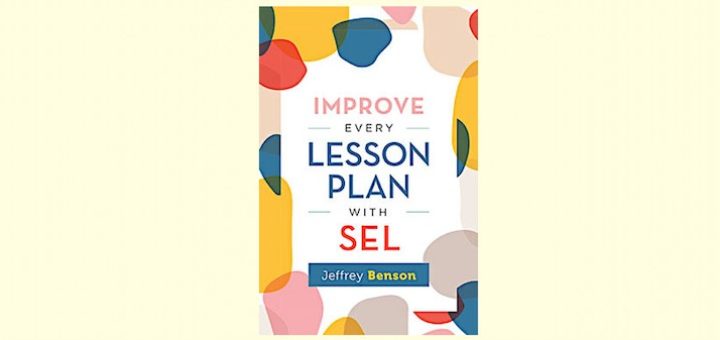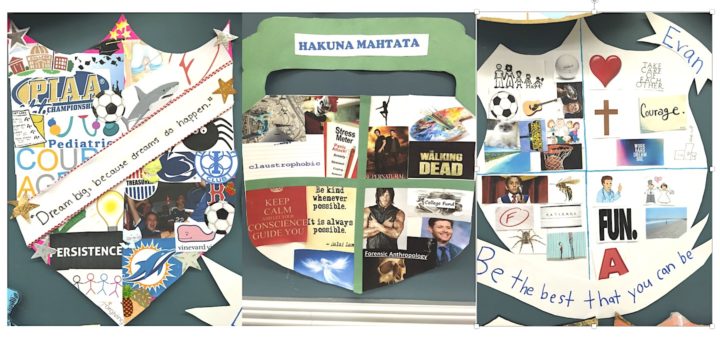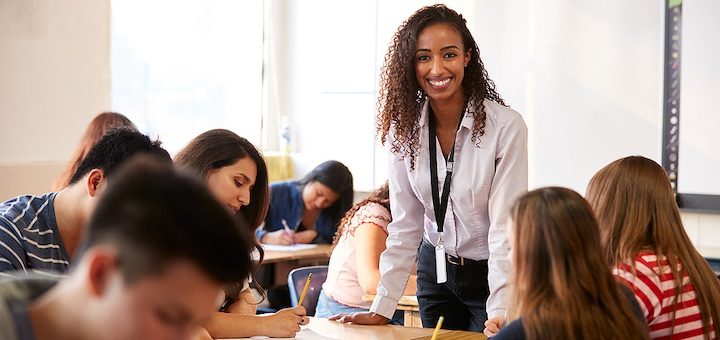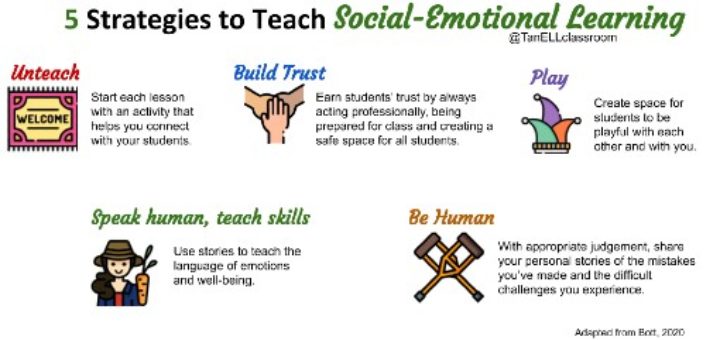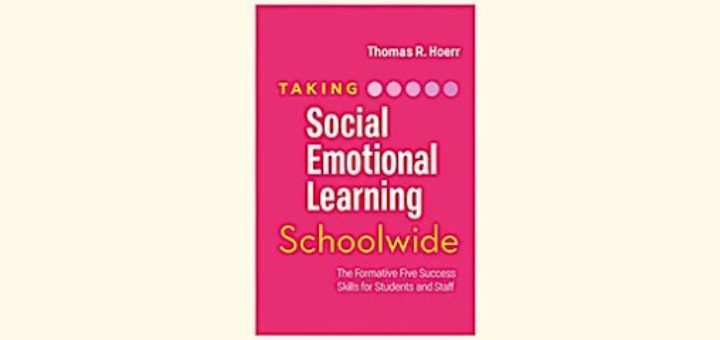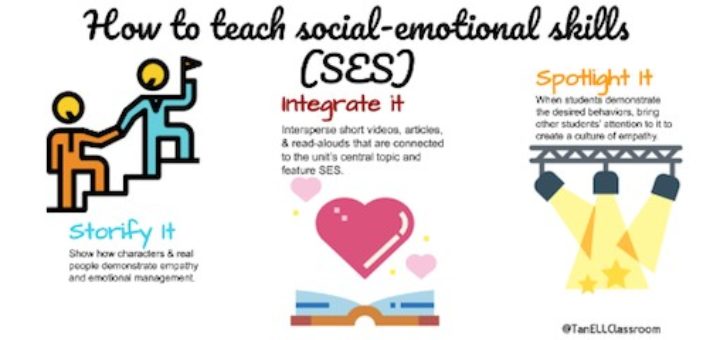Tagged: social-emotional learning
“Improve Every Lesson Plan with SEL” shows us how – through intentional, deliberate and embedded instruction, including differentiation and choice – teachers can assure all students gain the explicit and implicit SEL skills they need, writes middle level leader Todd Brist.
To help middle graders learn and practice social and emotional skills, teacher and Director of Studies Kasey Short offers ways to incorporate SEL across the content areas, from considering the motivations of historical figures to creating reality-based math word problems.
Focusing on the elements of the epic hero, this activity from author and 2019 PA TOY Marilyn Pryle helps students learn about literary elements while reflecting on their own lives, goals, and obstacles as they consider the hero’s backstory, good qualities, flaw, and quest.
For those with positive stories, social-emotional learning helps reinforce the skills they need to succeed. For those with stories of trauma, SEL can help balance negative experiences with positive ones. Author-educator Marilee Sprenger shows how brain research can help.
Recognizing that we are all new to the process of teaching and learning this year, teaching coach and NBCT Elizabeth Stein considers three keys for success as we move forward on our co-teaching journeys: flexibility, communication, and blending academics with SEL.
As Lauren Brown heads back to school for a year like no other, she considers how to combine academics and SEL support across the content areas. Along with activities for the first days of virtual or physical class, she offers three guidelines to engage kids all year.
Social-emotional learning is not a program we add on; it’s a mindset we teach with. Tan Huynh unpacks five strategies recommended by the Institute for Positive Education that can help teachers cultivate an SEL mindset, whether we’re teaching in physical or virtual spaces.
Thomas R. Hoerr’s guide for taking SEL schoolwide is particularly helpful to administrators, writes pre-service teacher Holly Reynolds. But she expects the book’s big picture view of quality SEL programs to be useful to her as she evaluates teaching opportunities this summer.
Spring arrives a day early this year, and testing season won’t be far behind. No matter a teacher’s opinion of standardized testing, most will be engulfed in the annual ritual soon. Curtis Chandler distills strategies to help teachers and students cope successfully.
To help our English learners leave our classes and schools not only with greater language command but with more emotional control and awareness of others’ perspectives, Tan Huynh suggests storifying SEL, building social-emotional skills into lesson planning, and more.

